Whether your idea of a wild time is trying a tipple (or two) of the national drink, or discovering wildlife in the little-trodden wilderness, we've rounded up the top ten things to do on a trip to Poland.
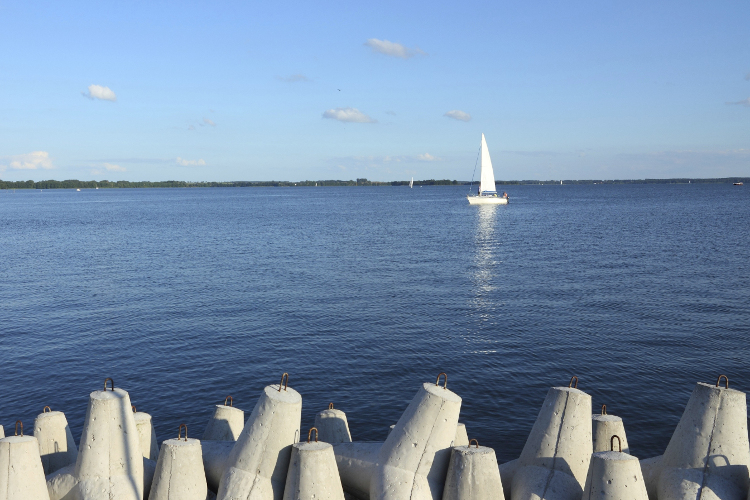
The northeast of Poland is a vast expanse of little-known, interlinked lakes and rivers. From the first budding of the trees in May through to the changing of the leaves in autumn, boaters from all around try their hand on Lake Śniardwy or Lake Niegocin, or paddle the scenic Krutynia River. The towns of Giżycko and Mikołajki make the best bases for sailing, cycling and paddling trips.
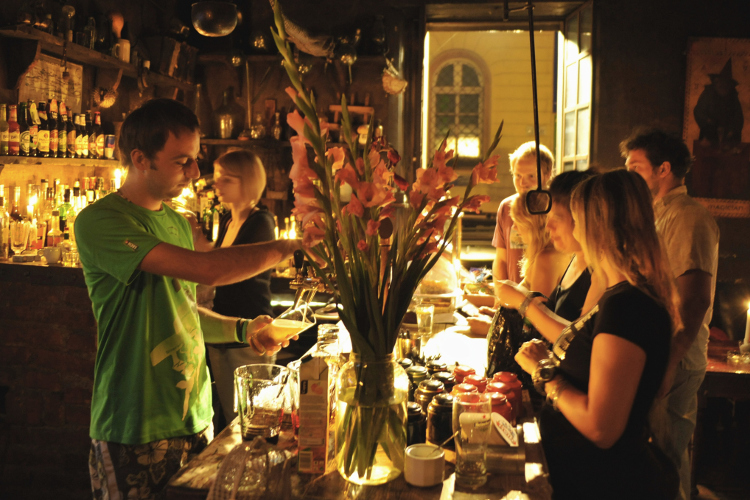
Poles love to party. Poznań, Wrocław and Warsaw could all reasonably vie to be known as the country's clubbing capital, but no place buzzes like Kraków's Kazimierz district. For centuries this was a centre of Jewish life, but after WWII the buildings were left neglected. In recent years, bars, clubs and cafes have repopulated the area and transformed an evening here into one long pub crawl. Our current favourites include Mleczarnia and Miejsce for drinks, and Alchemia for parties and events.
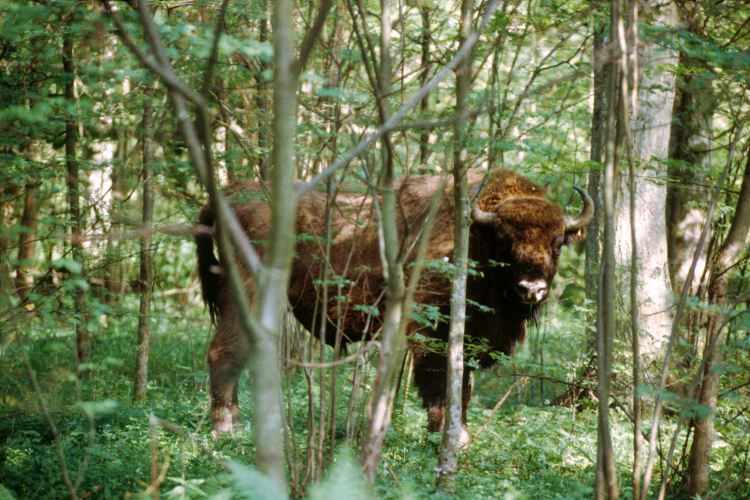
One of Poland's national animals is the European bison – a curious choice for a species that supposedly died out in 1919. That's because, happily, the breed has been reintroduced into the wild at the Białowieża National Park. There are several reserves here, where Europe's largest mammals can be viewed in their natural habitat. The park is worth visiting for a second reason: it's Europe’s largest swath of original, old growth forest. The land and trees have gone undisturbed by man for centuries.
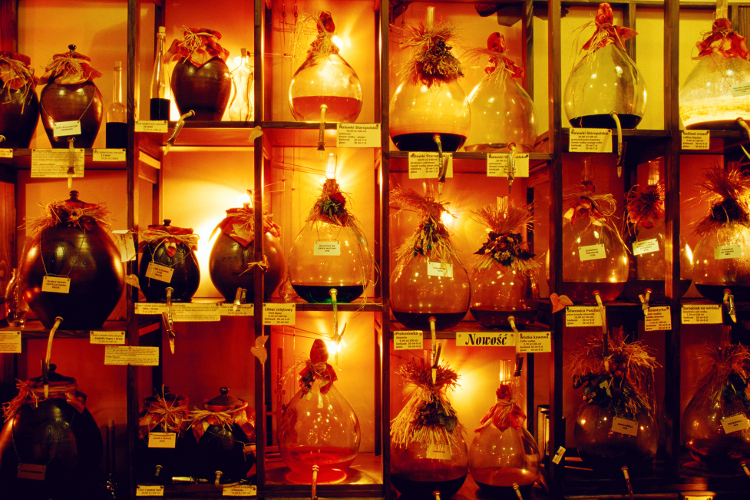
Poles love vodka and, as good travellers know, one of the joys of venturing abroad is to experience life as a local. Sometimes you gotta do what you gotta do. Clear vodkas, like top-shelf Wyborowa and Belvedere, are drunk icy and neat, but Poles like to experiment as well. Wiśniówka is cherry-flavoured, sweet and painfully easy to over-indulge in. More palatable, particularly mixed with apple juice, is Żubrówka, a rye-based vodka flavoured with bison grass from Białowieża. Another favourite is Żołądkowa Gorzka, a sweetish, amber-coloured concoction spiced with nutmeg that is allegedly good for the stomach.
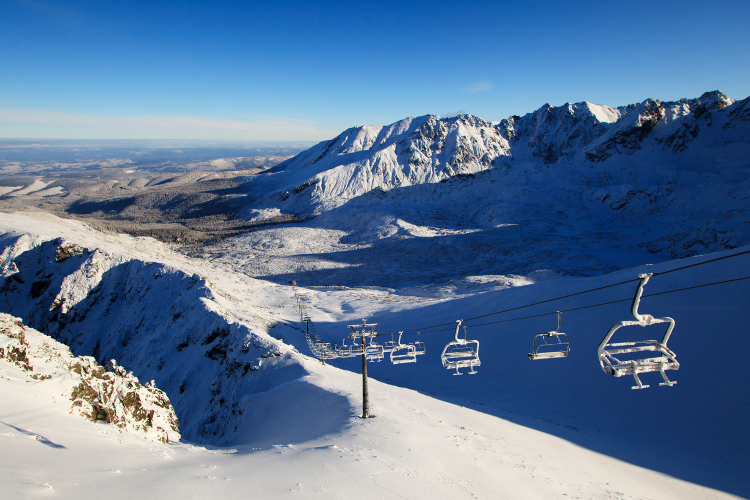
Poland is famously flat. That is, until you get to the far south of the country. There the Carpathians, a narrow range of mid-sized mountains runs the length of the Polish border from Germany to Ukraine. The Karkonosze range in the southwest is ideal for mountain biking, while Zakopane, south of Kraków and at the foot of the Tatras, is considered best for skiing. Our favourite, though, is the isolated Bieszczady range in the extreme southeast. Off the beaten track, it's a hiker's dream, and the native lynx might well outnumber the people who venture there.
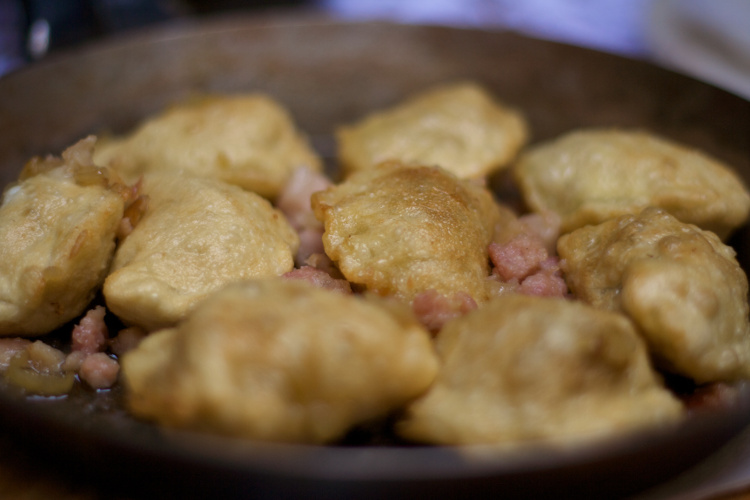
Beetroot and buckwheat, apples, onions and mushrooms picked fresh from the forest – the beauty of Polish cooking lies not so much in the main dishes but rather in the novel pairings, side dishes and seasonings. Start with herring in cream sauce, paired with sliced apple and onion, and move on to duck, goose or traditional beef roulade, stuffed with smoked pork and gherkin, and served with a dollop of groats. Meatless choices include potato pancakes and dumplings (pierogi), often filled with curd cheese or doused in mushrooms.
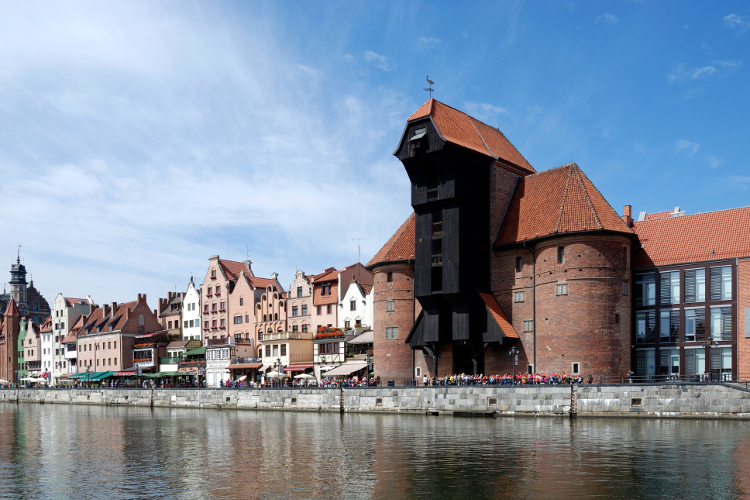
It’s hard to imagine a more handsome seaport than the Hanseatic city of Gdańsk on the Baltic. Gdańsk prospered in the Middle Ages as a trade link between the interior and the rest of the world and has played an outsized role in recent history as well. In 1980, it was the centre of Poland's anticommunist movement, led by charismatic leader Lech Wałęsa. The revolt by shipyard workers led to the establishment of the independent Solidarity trade union. That triumphant tale is told brilliantly in interactive exhibitions at the European Solidarity Centre, a mesmerising display that imparts the happy feeling that sometimes the good guys really do win.
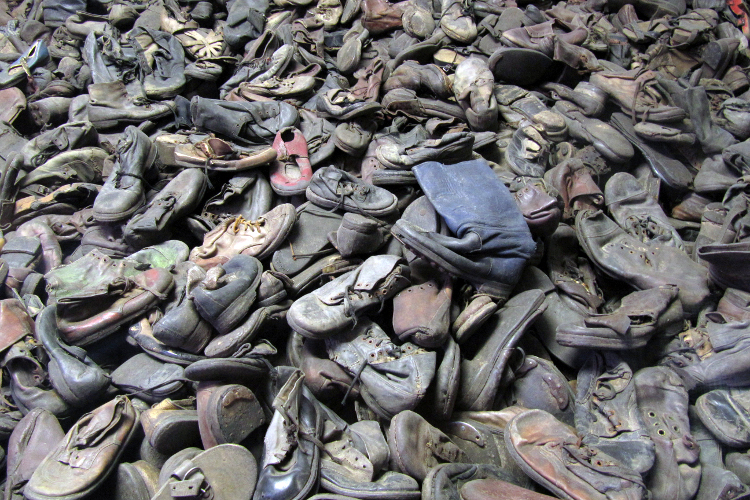
The occupying German army in WWII tragically turned Poland into a killing field in the heinous genocide committed against Jews and other groups, including Polish resisters and Roma people. The most infamous of the extermination camps was Auschwitz-Birkenau, now a memorial and museum, in the town of Oświęcim. More than a million people were murdered over a four-year period. Much of the camp has been preserved as it was during the war, allowing visitors to learn, bear witness and resolve that this can never happen again.
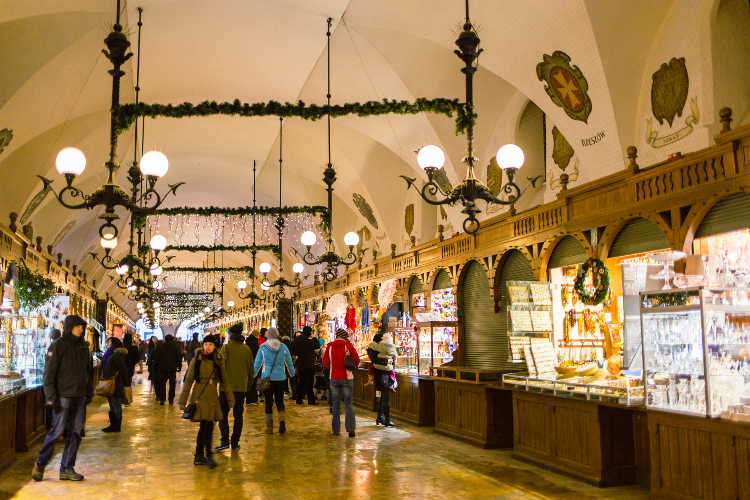
Kraków is the happy exception in a country that experienced so much wartime destruction. The glorious main square, the Rynek Główny – Europe's largest medieval town square – was befitting of a 16th-century royal capital, and survived intact to the modern day. Stroll the Cloth Hall, admire the carved wooden altarpiece at St Mary's Church, and hear the bugle call from the church's high tower at the top of the hour. Its original purpose was to warn the townsfolk of a Tatar attack way back in the 13th century.
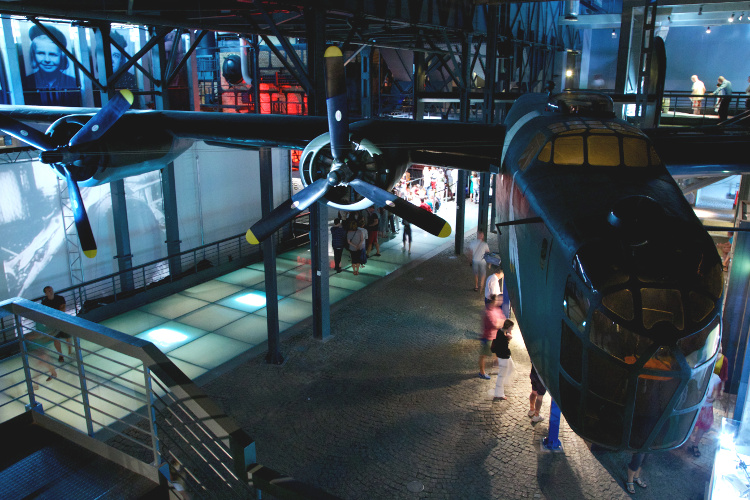
High-tech museums are all the rage in Poland, but arguably the best are in the capital, Warsaw. For a few years now, the Warsaw Rising Museum has been wowing visitors with its engrossing array of sound, light and video to portray the city’s tragic uprising against the occupying Germans in 1944. Opened in 2014, the Museum of the History of Polish Jews has put many of those same effects to use as it traces the 1,000-year history of the Jewish people in Poland. The result is an entertaining – and highly moving – journey through time.